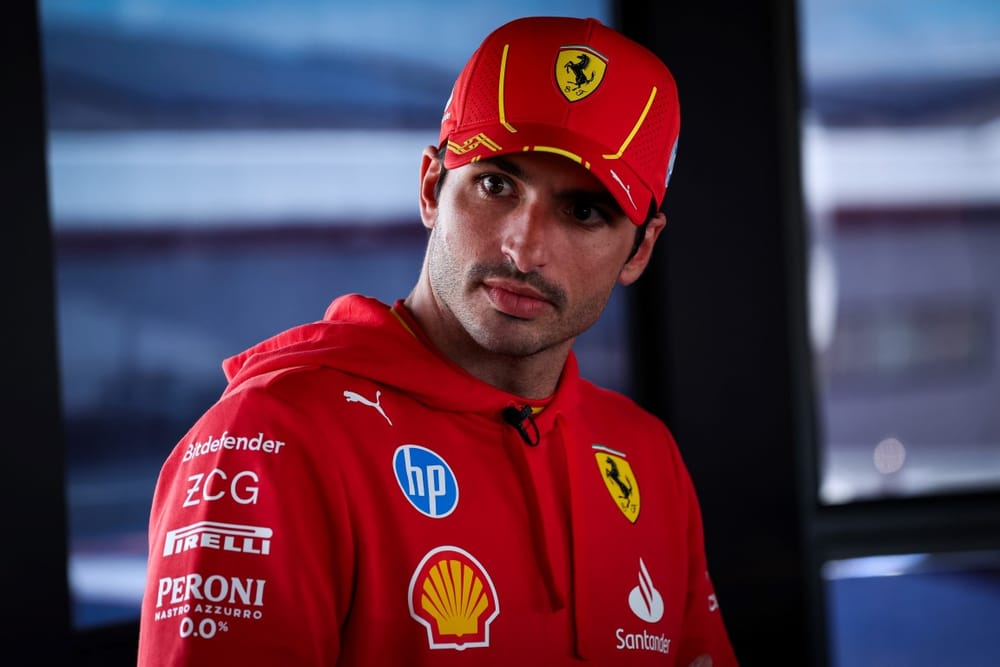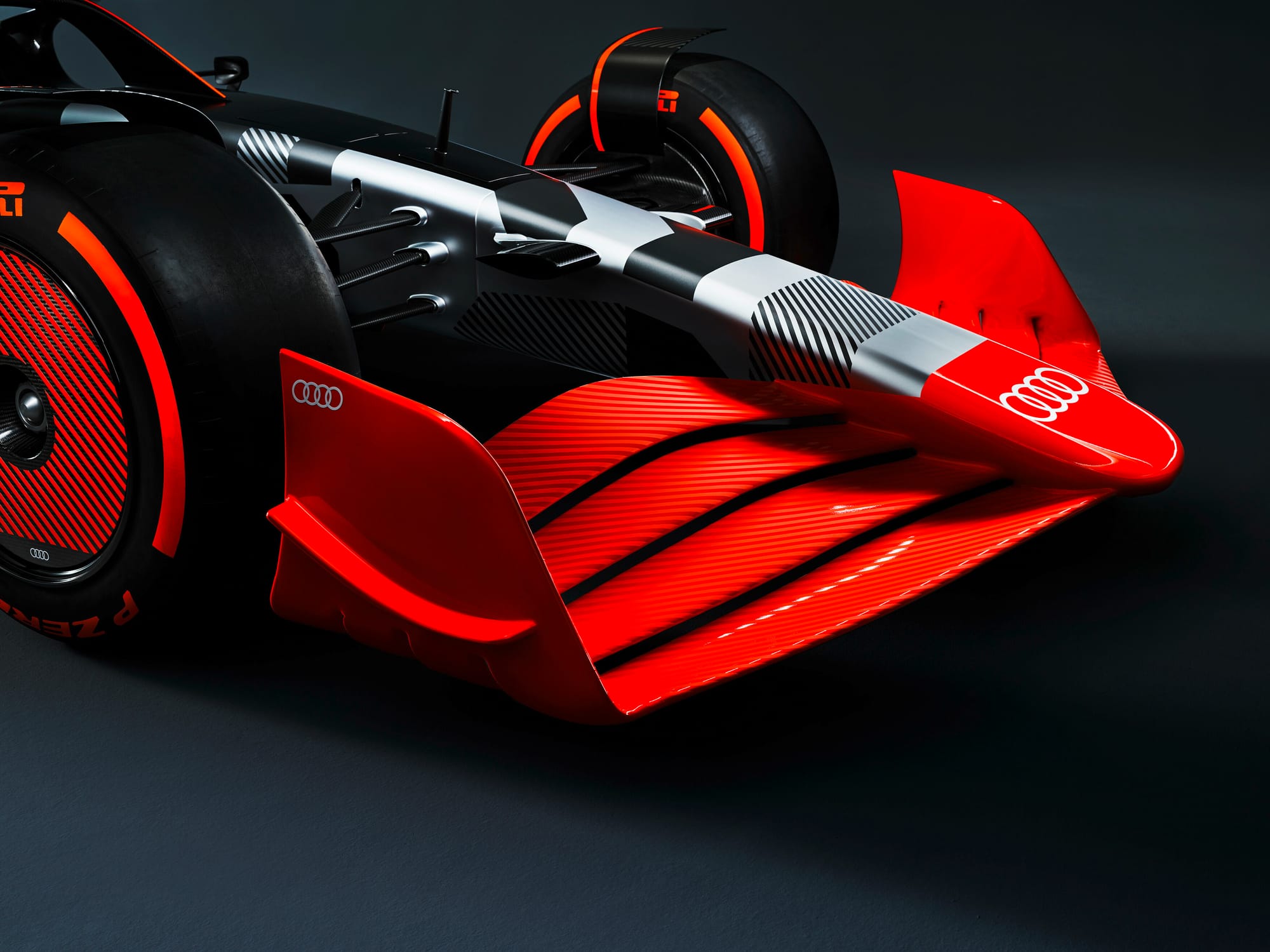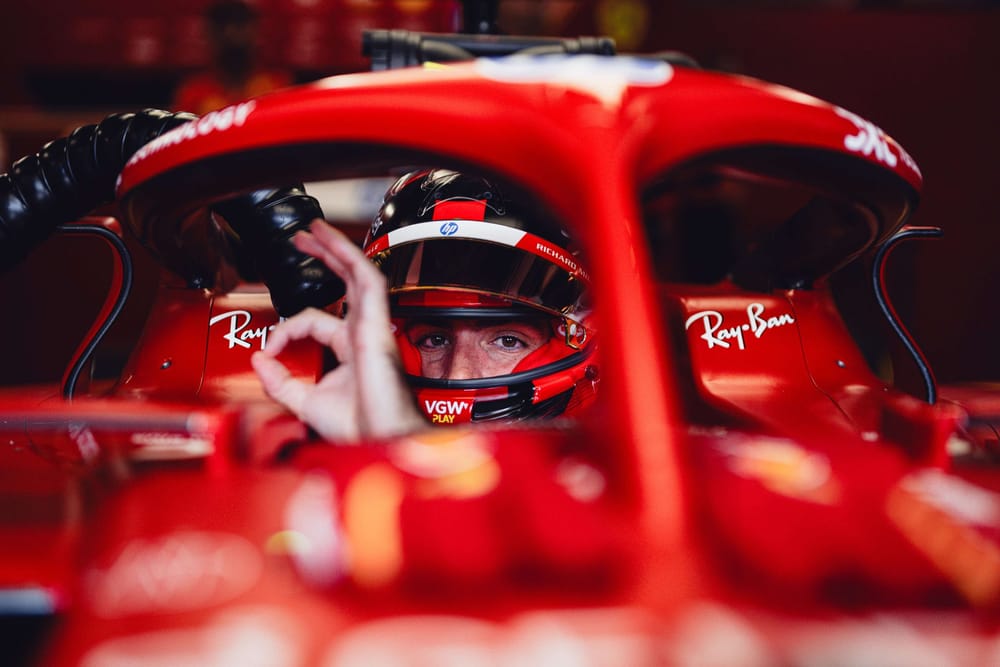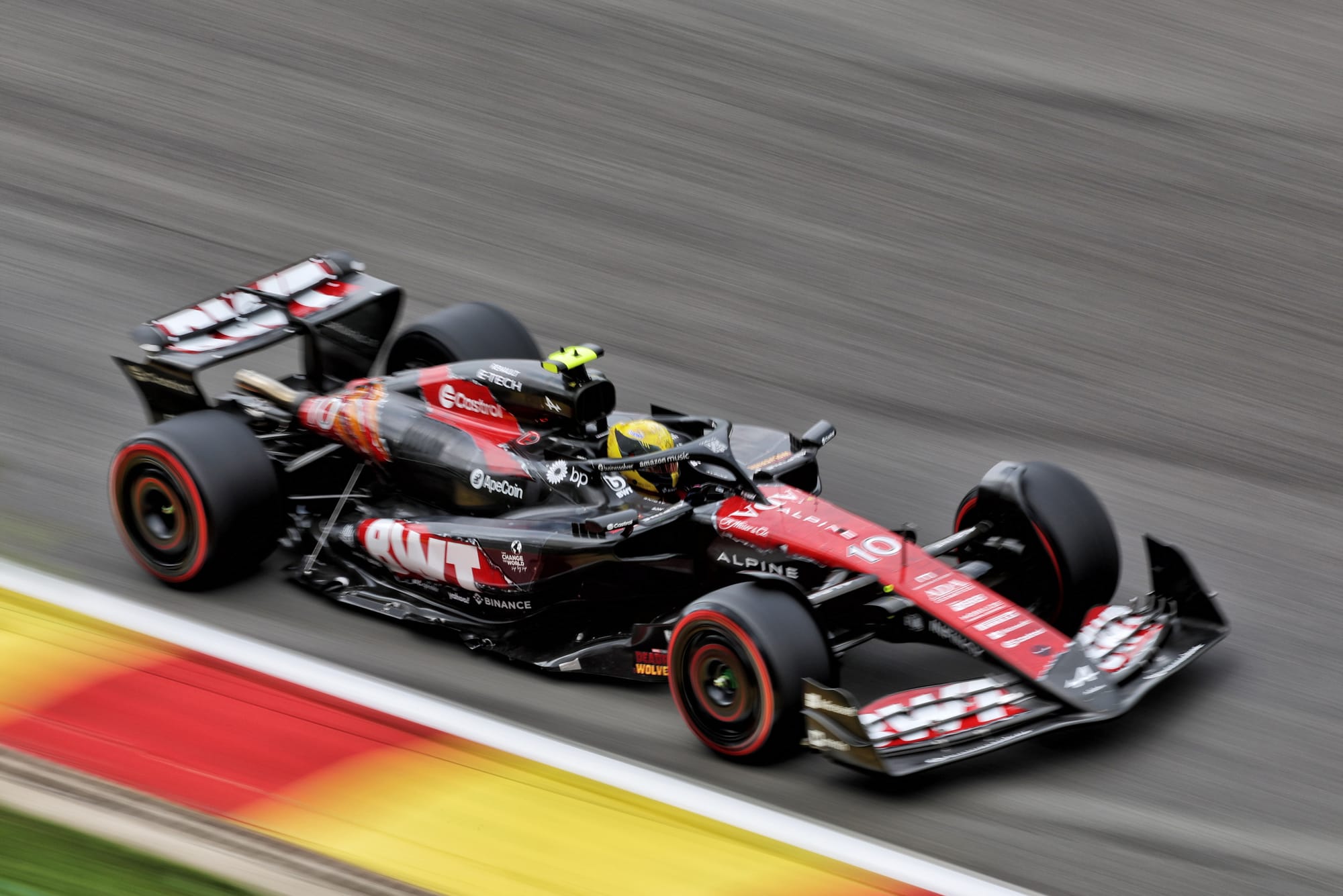Up Next

Carlos Sainz has finally decided to join Williams when he leaves Ferrari, rejecting two works teams in the process – including Formula 1’s big new manufacturer Audi.
This has been the longest-running saga in a wild 2025 driver market as Sainz waited to see if he could land a top seat after being dropped by Ferrari for Lewis Hamilton.
The doors finally closed at Red Bull and Mercedes, so Sainz had to choose between F1’s worst teams in 2024 - with Williams winning him over after an immensely long back-and-forth.
So how has a team that has finished last in four of the past seven championships managed to beat a new works team, and an existing one, to Sainz’s signature?
LACK OF FAITH IN AUDI
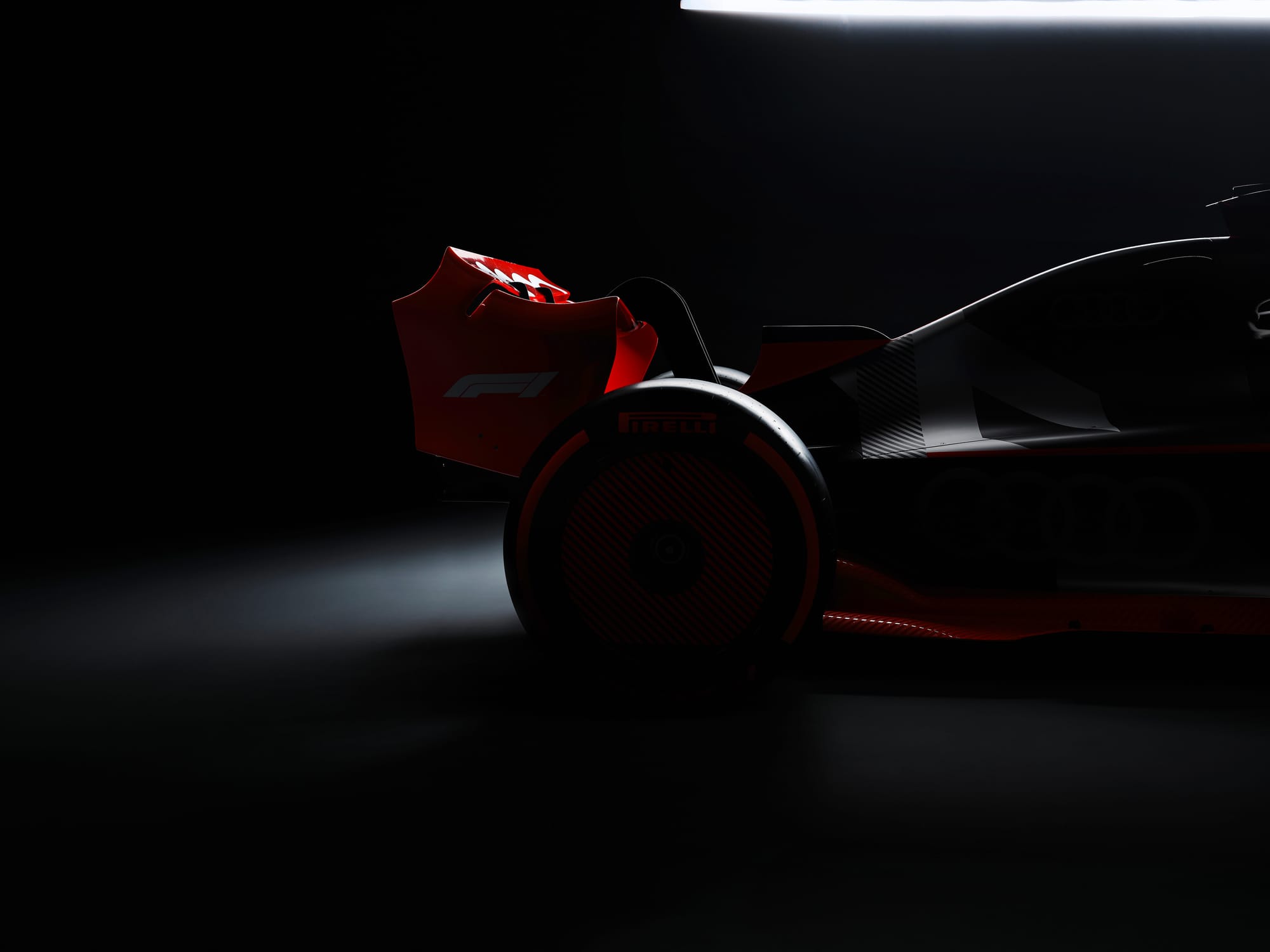
Sainz was a long-term Audi target and seemed to have a lot of benefits, including the leadership of Andreas Seidl, Sainz’s old boss at McLaren.
But any incoming participant has a degree of doubt around it. And as Sauber, the team Audi’s taking over, continued to struggle massively in the short-term, those doubts intensified. There were also management ructions between Seidl and Audi’s representative Oliver Hoffmann. And ahead of the Belgian Grand Prix came the shock news that Seidl and Hoffmann were ousted, and Mattia Binotto (another of Sainz’s old bosses) would lead the F1 project instead.
Unfortunately for Binotto and Audi, his arrival comes too late to revive negotiations and have a fresh go at convincing Sainz. But in reality the fundamentals haven’t changed and so neither has Sainz’s (lack of) faith in the project.
Taking over a team in Sauber’s position and producing its own F1 engine for the first time always gave Audi an uphill challenge. As 2024 has progressed, Sauber’s car looks increasingly like the slowest on average. And it remains the only team without a point. Going there would likely mean an underwhelming 2025 and a massive amount of work to improve for 2026, and Sainz can’t just waste these seasons.
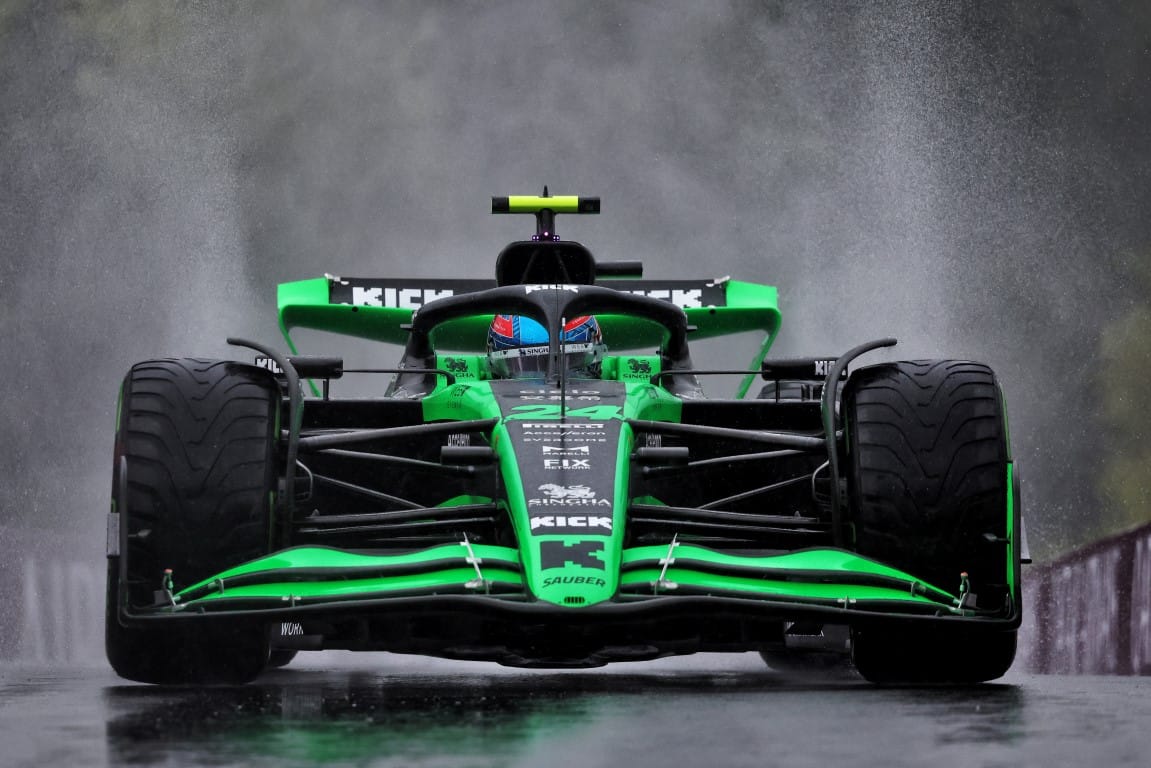
Plus, while there are noises that the engine side is on schedule with its massive investment in its first-ever F1 engine, unlike the existing manufacturers it doesn’t have its own reference from the current engine to judge it against. And in any case, a new engine manufacturer faces a big challenge. Just look at what Honda went through before it finally became competitive.
While Audi should probably be backed to get it right eventually it would be a big surprise if it comes out the blocks with the benchmark engine, and Sainz will know that.
Audi was the favourite on paper, for a long time. But F1 teams don’t perform on paper and Audi’s chances of ensuring its works team is competitive by the time new regulations come into force in 2026 are slim - it’s looking like an even longer-term project to get this right.
With the in-fighting at Audi, plus a big overhaul now confirmed, something significant has now changed and that could mean more changes still in the coming months. The Audi project is even more of an unknown than before – not necessarily something that would put Sainz off the project in isolation, but in a close fight like it was in with Williams this was a significant argument against.
THE WILLIAMS VISION
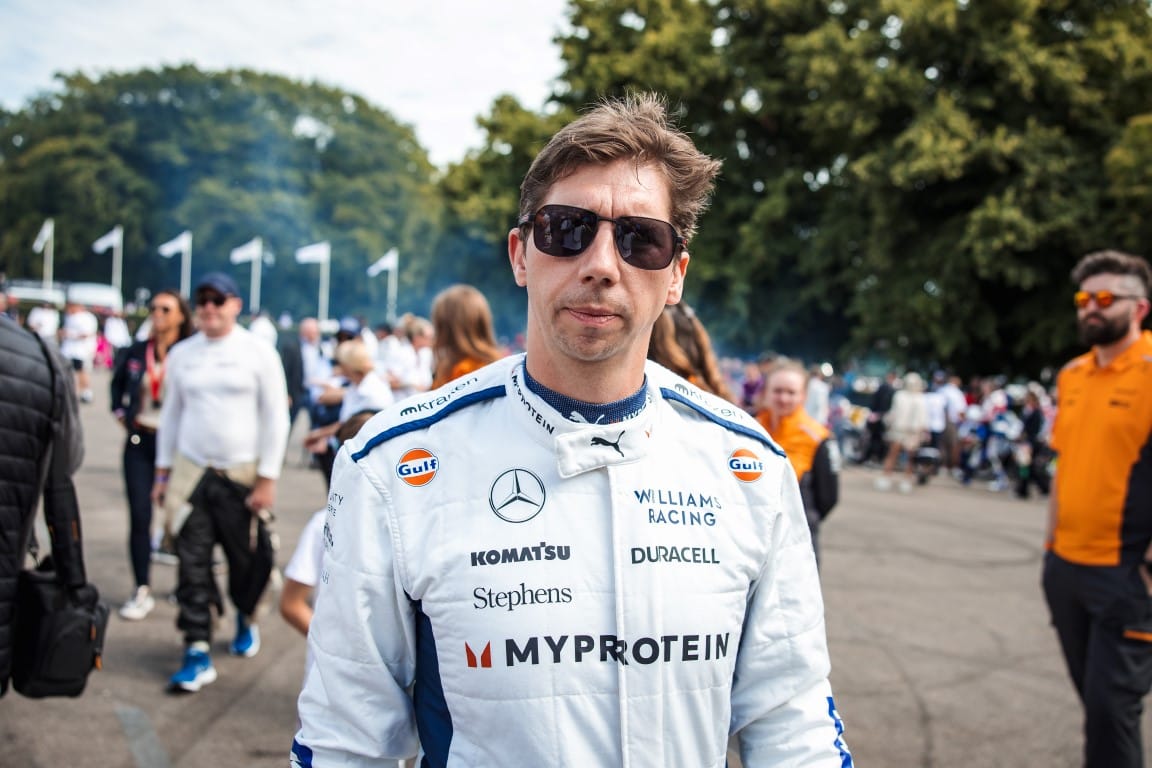
Williams has no standout, short-term competitive argument to make to Sainz over Alpine. And it’s not exactly stunning compared to Sauber either. But compared to those two teams it has a more solid foundation, consistency, and a clear strategy.
It was becoming clearer and clearer that Williams team principal James Vowles was confident of landing Sainz in early June when his public rhetoric switched from ‘I don’t want to talk about individuals in public’ to ‘Sainz is our number one target’.
During that process, Vowles made a very bold assertion: that it was an “easy decision” to join Williams.
This was a big claim for two reasons: Williams’s underwhelming history for most of the 21st century, and the fact it was rivalling the Audi and Renault works teams. Williams would seem to pale in comparison to being the frontman for a manufacturer effort.
But it is broadly on a good trajectory since the Dorilton takeover of 2020. And Vowles, who took charge last year, has recruited the esteemed Pat Fry as chief technical officer, convinced Alex Albon to commit to a long-term deal, and grown the team to around 1,000 staff members including a raft of senior signings announced at the end of June.
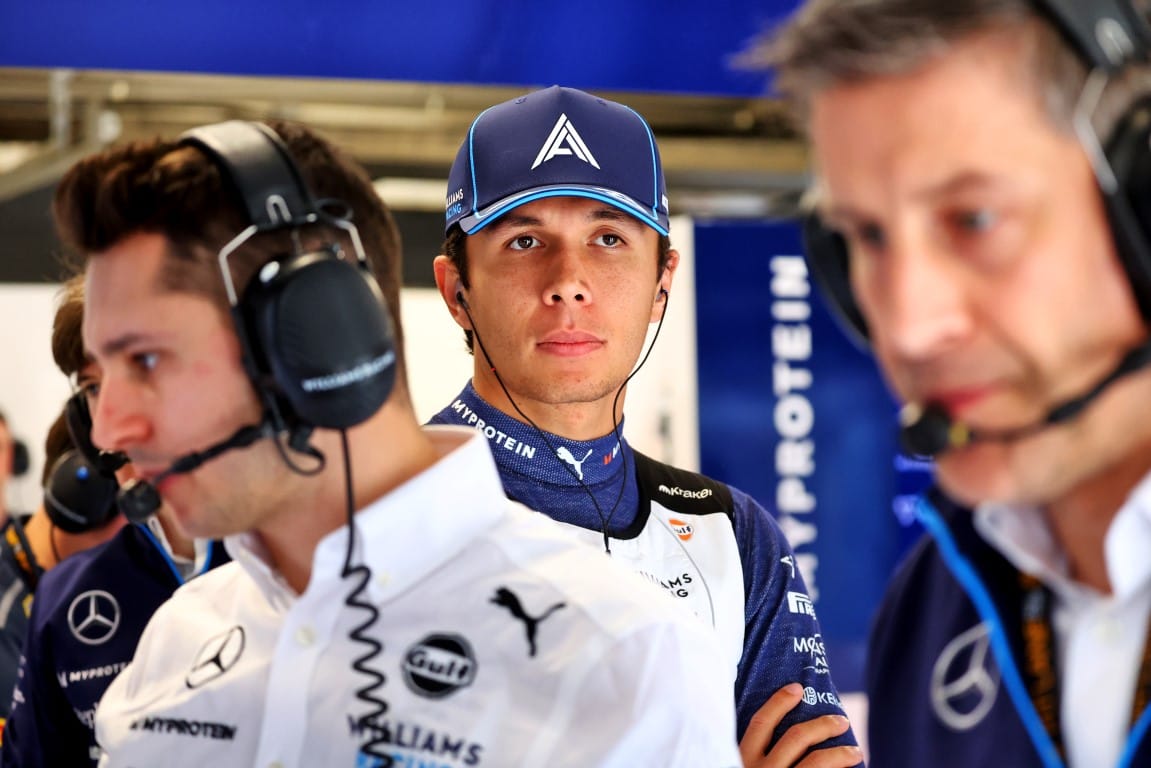
He has strong support from the board, which is putting its money where its mouth is, and does seem to have genuinely modernised different parts of the team in terms of facilities, systems and working culture.
It’s long been felt that Williams needed to be dragged kicking and screaming into the 21st century in terms of all of those key areas, and Vowles is making more progress in doing that than those before him.
He believes Williams is now an entirely different proposition to “three years ago” and Sainz clearly agrees. It has not been a straightforward process to come to that conclusion as it has looked like Williams would miss out. But eventually, Vowles’ honest campaigning has paid off.
ALPINE CONCERNS TRUMP MERCEDES ENGINE
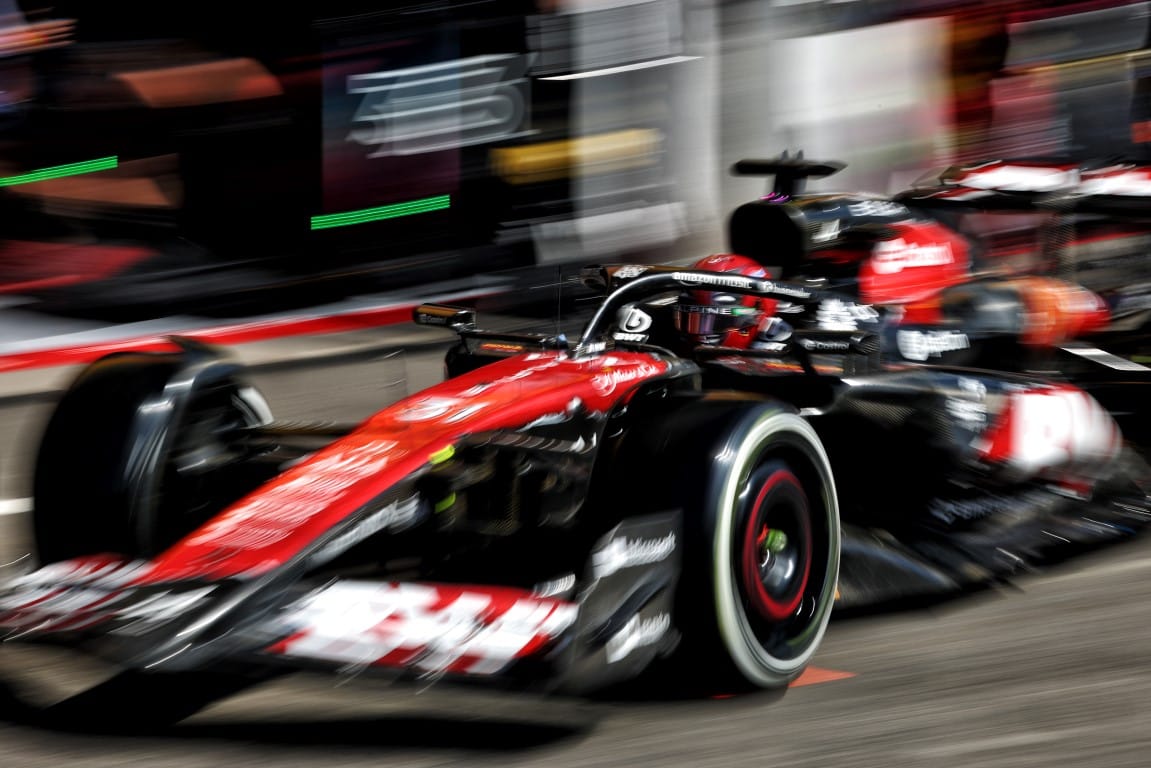
Sainz has been adamant when discussing how he would make his choice that 2025 was as important as the years that followed.
But that’s not quite true, as he also saw this as a long-term project - and with major new car and engine rules in 2026, that puts a lot of weight on choosing what’s best for, you guessed it, the long-term. Not just 2025.
The engine part of that equation is going to be massive. It’s the first major change of the V6 turbo-hybrid era and while the fundamentals are broadly the same - a V6 internal combustion engine and an energy recovery system - it’s actually a huge undertaking.
The power of the V6 is being detuned slightly whereas the MGU-K’s being almost tripled in capacity, pushing the engine to a near 50/50 split between internal combustion engine and electrical power.
Williams, like McLaren, is gearing up for a long-term Mercedes customer future, having opted to stick with its current engine supplier for the new engine rules cycle.
And the word on the street is, just like it was in 2014 at the start of these rules, Mercedes is looking in good shape.
Vowles has even gone on record stating the expectation is Mercedes will be one of the best if not the best engine in 2026. If that happens, then Williams could be something of a dark horse.
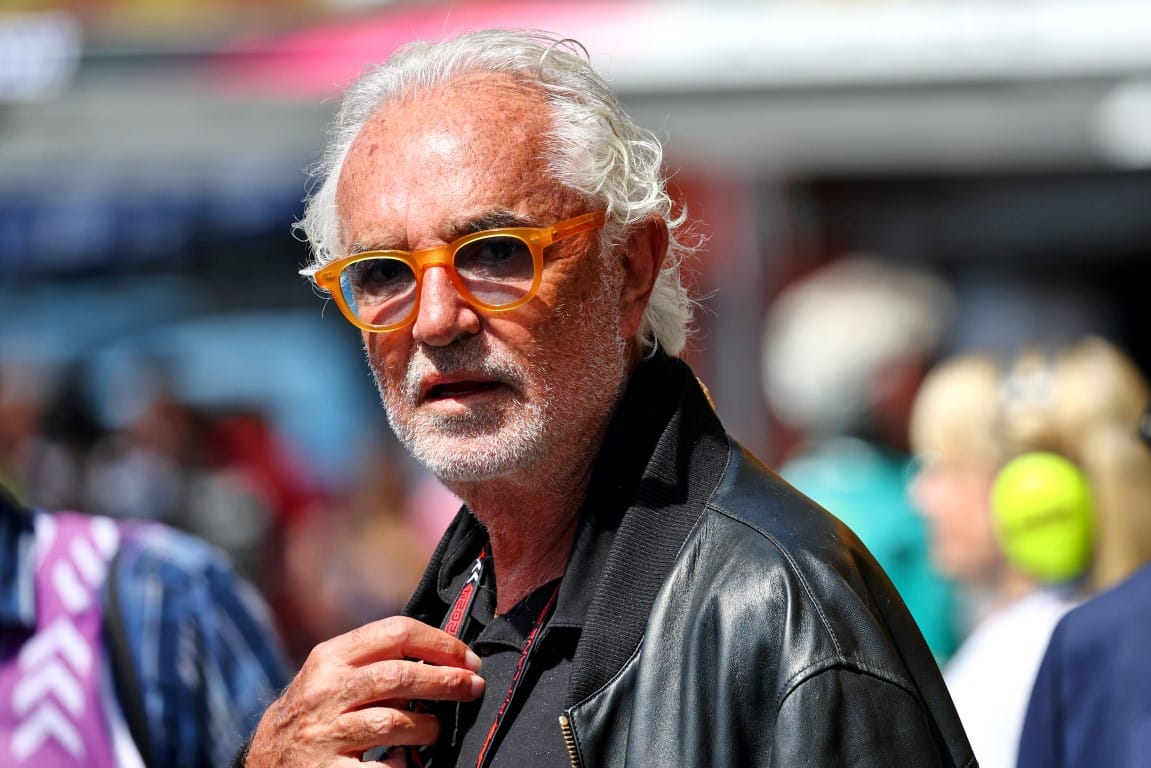
Sainz’s desire to have a Mercedes engine was cemented by Alpine only seriously entering the frame when Flavio Briatore joined the team and convinced Renault CEO Luca de Meo the best strategy was to kill its own engine and do a Mercedes deal instead.
It was specifically the shift from being a works team to being a Mercedes customer that made Alpine more appealing. That shows how much Sainz valued the engine when considering his options – as well as underlining how unconvincing Alpine was on its own.
What it did, though, was eliminate one of the potential clear Williams advantages over Alpine. But the fact it still wasn’t enough for Alpine to get Sainz says a lot about its unique brand of chaos and uncertainty, underlined recently by the news Bruno Famin will step down as team principal – barely 12 months after taking the job.
SHORT-TERM PROSPECTS
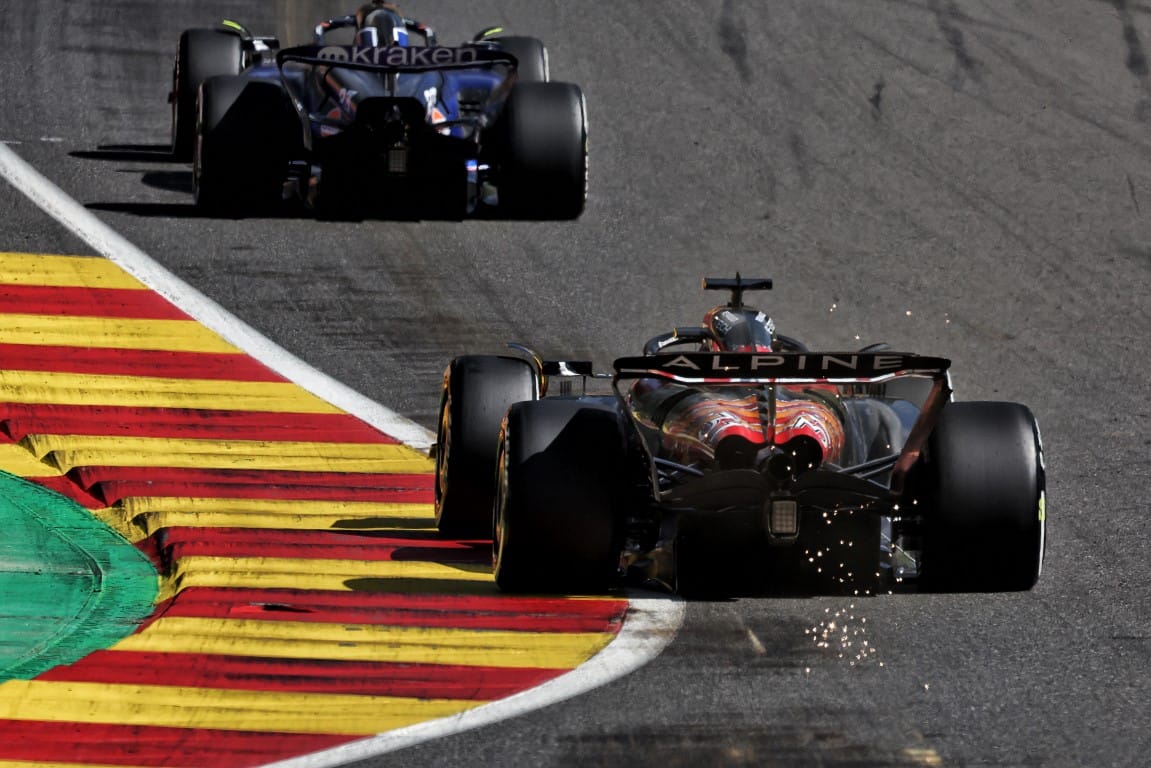
While Williams only has four points this season it’s been a lot closer to the main action than Sauber. Although if you were going to guess what car might be the best in 2025 alone, it might be Alpine. But the short-term prospects are fairly bleak across the board.
Alpine’s made more progress than Williams in-season, and had a reasonable run of scoring a small number of points, but two dismal weekends in Britain and Hungary made things a little more shaky.
Williams and Alpine are basically semi-reliable Q2 cars that can sniff at points. Sauber wishes it was that competitive.
If you had to race one car in 2024 it’d almost be a coin flip between Alpine and Williams, but the former might get the edge. Then looking to next year, Alpine’s got a better recent track record of producing competitive cars – but it does have new technical leadership (again) so the jury’s out on whether its current position reflects the new order or a low point it will quickly recover from, as it has in the past.
But Williams has some great low-hanging fruit there for the picking given its current car is so overweight. The Williams was giving away around four tenths of a second, putting it around 10-15kg over the weight limit, and it’ll probably take all year if not a car re-design over the winter to chip away at all of that. Some progress has made but it’s a very obvious way of gaining performance when it can be done properly.
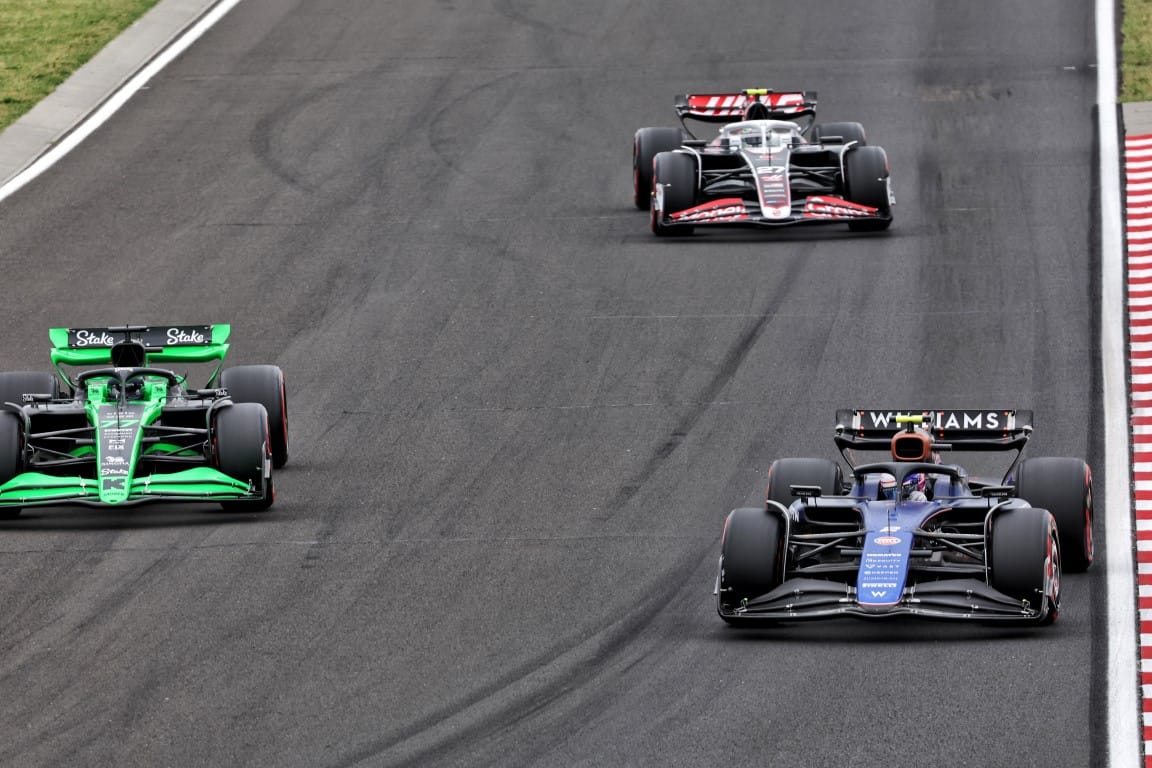
Plus, a lot of its struggles in early 2024 stem from a terrible winter that most likely won’t be repeated as there was a huge overhaul of its systems and design philosophy. So Williams could make ground quickly in the short-term.
It would be surprising on current form if Williams fails to do better than Sauber and then Audi thereafter. The Sauber C44 is lacking in downforce, has sucked the confidence out of Zhou Guanyu, doesn’t respond well to bumps, struggles for front-end in slow corners and rear instability in the fast corners, and has suffered from a slow development rate. And what’s the future of that team technically given James Key was hired by his old McLaren boss Seidl, who is now no longer part of Audi's F1 future?
Sainz will almost certainly be better served in Williams colours next year than whatever Sauber’s end up being. And though Alpine’s ceiling should be higher, there are enough reasons to doubt it will deliver on that – and given its longer-term appeal is problematic, that’s played a role in failing to convince Sainz it was worth the punt.
WHAT SUITS HIM NOW
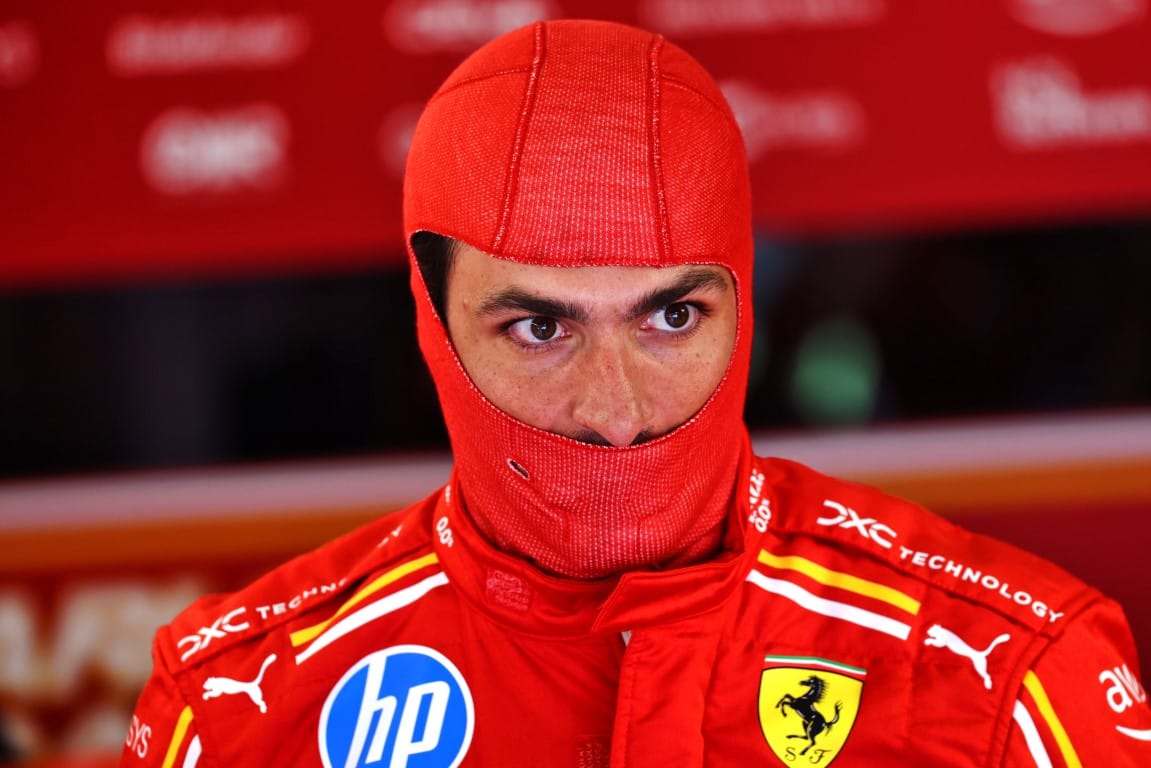
Williams is the best compromise for the awkward position Sainz is in. He deserves better than to be choosing between the worst teams in the championship.
But it’s more than just guessing what will be the best choice for the next two or three years.
While Sainz earnestly and quite sincerely insists he’s picking a project he believes in, there is a limit to that. He isn’t choosing Williams because it’s the best team to be with for the foreseeable future. It’s the best of the limited options available.
If a top seat opens up in 2027, especially once the pecking order is established in 2026, Sainz needs to be able to react to that.
He got a two-year deal at Williams, albeit with unspecified options to extend it. Audi is much less likely to have offered that kind of structure willingly - it cannot sign a driver who would then walk away after just a couple of years. It would be as embarrassing, if not more, than losing out on that driver to Williams. Because it would be a vote of no confidence in a massive money project that they’ve experienced – not something that can be brushed off as an assumption.
Alpine seemed to be willing to play ball. ‘You need us to wait indefinitely? Sure, we will. We’ll just stick Jack Doohan in if you then say no.’ And that probably extended to contractual demands, too – an early out, if needed. But again, Alpine still didn’t appeal.
For Williams, getting Sainz in for two years is already a coup, and it is then in the frame to keep him. If it doesn’t it will have still benefitted in the interim. And it would not really reflect poorly on Williams if Sainz then moved on on to a team more immediately befitting his reputation.
And for Sainz, he gets a blend of long-term security and medium-term flexibility with a team that at the very least shouldn’t be much worse than his alternatives, and could well be the best long-term pick.
So, if it is a marriage of convenience, it can still be a happy one that both sides get a lot out of.


